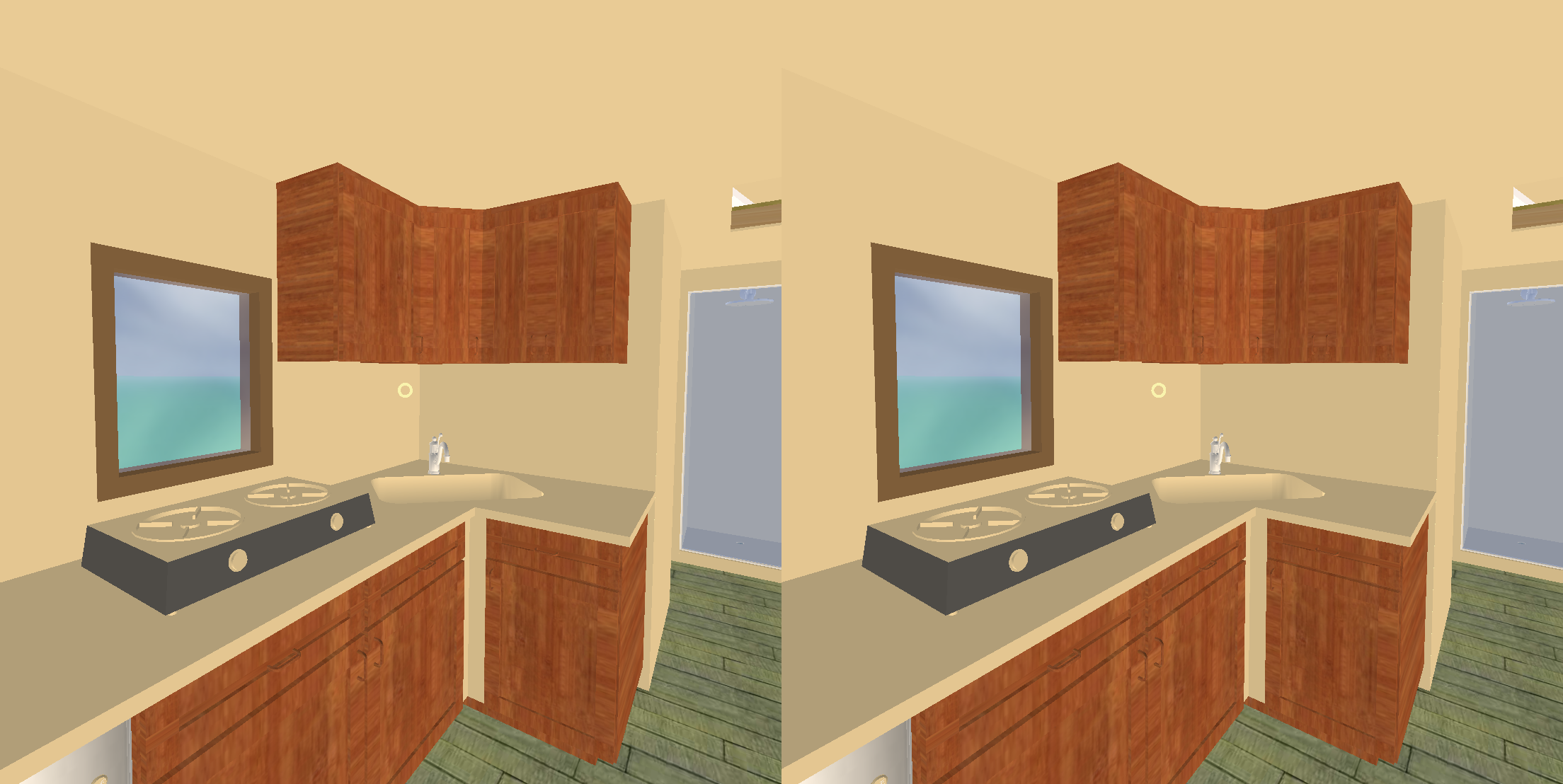The post Mobile Virtual Reality is Ready to Break Into the Mainstream appeared first on Big Nerd Ranch.
]]>Although not yet in the hands of the average consumer, virtual and augmented reality are gaining traction. Last year, revenue for AR and VR applications and hardware was just under $6 billion—by the end of 2020, it’s projected to grow to $162 billion.
Out of the two, I believe that mobile virtual reality is the VR of the near future, and I want to use this post to encourage you to think about its impact on your company or your career.
I’ll go over:
- What advantages does mobile VR have over dedicated head-mounted devices (HMDs) and peripherals?
- Aside from games, which spaces and domains best take advantage of mobile VR’s capabilities?
- How will mobile VR grow in over the next few years, and how will it affect your business or your career as a developer?
Virtual Reality Headsets vs. Mobile VR
But first, let’s take a detour and imagine: What does the ideal virtual reality headset look like?
The ideal VR headset provides a fully believable, immersive, comfortable experience, un-corded and easily accessible. It creates virtual worlds with high fidelity, and it runs smoothly without overheating. The ideal VR headset transports the user to another world.
Today, the market is filled with a plethora of systems that are close to, but not quite, the ideal VR headset. These systems include the HTC Vive and the Oculus Rift. Each of these two systems has its own set of headsets and controllers that plug into PCs.
However, there’s also mobile VR, which turns a smartphone device into a VR peripheral. Most methods complete this transformation by placing the phone into a VR viewer, a separate device with lenses that cradles the phone. The user places this device over their eyes either by holding it or with straps, like binoculars or goggles.

Mobile Virtual Reality’s Advantages
Mobile VR absolutely has the advantage over desktop VR because it has the power to scale. The HTC Vive and Oculus Rift require high-end PCs to run, creating a barrier to entry and limiting the audiences of those VR experiences.
On the other hand, there are billions of phones and tablets on the market today; with this pre-existing momentum, phones and tablets could pave the way to widespread VR usage.
Mobile VR takes the path to the ideal headset of the future by iterating on form factor first. It takes enhancing performance as a secondary mission, and not through means of creating a high-tech isolated system.
There is also a difference in the distribution ecosystem. Mobile VR experiences can come from native apps or the web. Unlike the HTC Vive or Oculus Rift, which distribute their content only through their own app stores on Steam and the Oculus Store, mobile VR experiences are distributed on Steam, the Oculus Store/Gear VR store, the Android Play Store, the App Store and on the web. Such a wide net of distribution created in such an accessible way will build a dominant culture of VR.
More Than Just Games
Mobile games and indie games definitely have a spot in mobile VR. But what about non-game spaces? I firmly believe that VR has a place in most domains, such as retail, travel, education and news.
Some well-done VR experiences that break the mold include the Virtual Reality Stories by the New York Times, featuring mini documentaries, Topshop’s VR show for London Fashion Week AW14, and Volvo’s tour of its Volvo XC90 in VR. Medical teams are also using VR to improve neurosurgery procedures.
In particular, mobile VR experiences work really well with photos and video sharing, and private experiences like the movie theater. However, VR content is still young and needs more development.
Needed Improvements
Mobile VR will only get better in optics and ergonomics as phones and VR viewers improve. Most systems can already handle the minimum requirement of 60 frames per second needed to provide a smooth VR experience. However, mobile VR can grow and be improved in the following ways:
- The availability of position tracking, or the ability to detect position relative to other objects within a space that allows for detection of standing, sitting, and walking around
- Improvements on the display to reduce eye strain
- Universal ways to handle receiving notifications on the phone during VR use
- Phone temperature: most phones tend to get very warm during VR use
In addition, content for mobile VR needs to grow in quantity, variety and quality. Right now, most mobile VR experiences are limited to a sitting posture. The VR market is already growing tired of “gaze-shooters” (VR games which use the user’s gaze as input for directions in which to shoot a projectile at a target), and is branching out into other genres. However, VR content creators are constantly experimenting, so I predict VR content for mobile platforms will evolve explosively over the few years.

Make Your Mark in Mobile VR
There’s ample opportunity to make a mark in mobile VR now, whether you want to make a native Android app, iOS app or webVR project. All of these platforms are looking for the next killer app to help VR break into the mainstream.
If you’re thinking about developing for mobile VR, here is a list of websites to check out for introductions and tutorials:
- The Google VR SDK for Android, iOS, Unity, and Unreal (Unity and Unreal are game engines commonly used to make 3D experiences)
- UX of VR to begin design-thinking for VR and mobile VR
- “How to Get a Job in VR”, an article by Adrienne Hunter
- A-Frame boilerplate, a beginning template for creating an A-Frame web VR experience. (A-Frame is a web VR framework)
There’s an endless amount of resources out there to get started in mobile VR, but be on the lookout on this blog for upcoming posts, too.
We’ve done some work in this space, and have had the pleasure of working with Decatur Makers, a local makerspace from the area, to create a VR tour prototype of a tiny house. Together, we used the A-Frame web VR framework and displayed the virtual tour on tablets at the Decatur Tiny House Festival last year.

The mobile market isn’t quite mature enough to release mobile-only VR apps, so don’t forget to also release your VR experience on PC as well. However, the VR market can confidently claim the spot of being at the leading edge of technology and is ripe for development.
Thinking of adding mobile VR to your company’s strategy? Now’s the time to talk with our sales team to get started.
The post Mobile Virtual Reality is Ready to Break Into the Mainstream appeared first on Big Nerd Ranch.
]]>